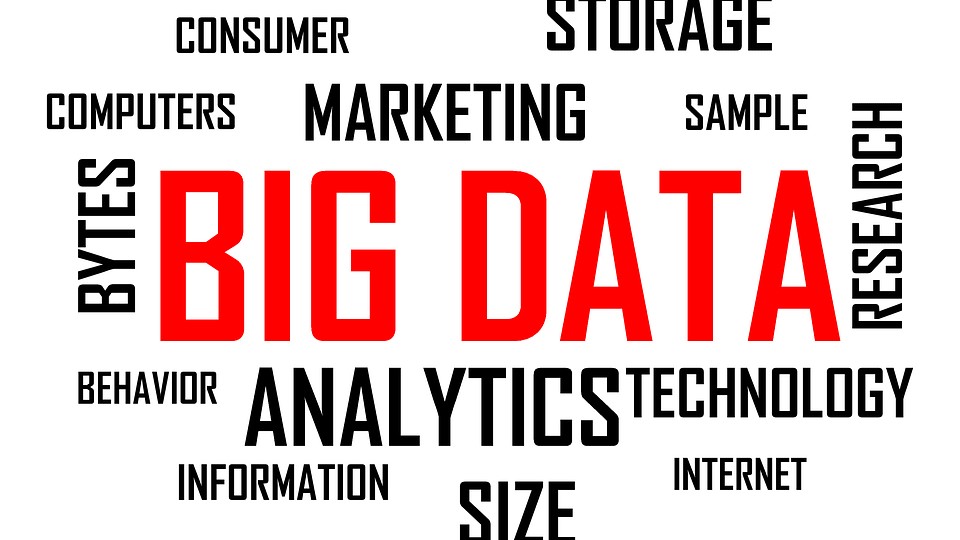The Best Big Data Analytics Technologies for Your Business!
- October 29, 2018
- Posted by: admin
- Category: Big Data Analytics

For business of any size, leveraging big data and big data analytics is the way to shine on the map. Big data analytics technologies allow businesses to understand where they’re going wrong, and implement new strategies. These technologies help them to improve service dramatically and detect fraud the exact moment it happens. Cost savings, better sales insights and better sales are three other advantages of big data analytics.
What is big data?
The main characteristics of big data are that it can be extracted from multiple sources, and be used in multiple ways to benefit various kinds of enterprises. Any big data analytics tutorial can help you scale up quickly on what is big data and how to use it to help your business. Here are the currently trending big data technologies, the top big data technologies 2018:
Predictive Analytics
Predictive analytics can help businesses to avoid the risks prevalent in decision making. You can use predictive analytics solutions to analyse big data to discover, evaluate and deploy predictive scenarios. Data derived via the predictive analytics process can help businesses to prepare themselves for what is to come and stay competitive by analysing issues and solving them.
Stream Analytics
Big data is so vast, there’s no way to predict how and where parts of it will be stored. Some of the data will be stored on multiple platforms and will be available in multiple formats. You can use stream analytics software applications to filter, aggregate, and analyse piles of big data. You can use this technology to connect to external data sources and integrate them to the application flow.
In-memory Data Fabric
Use software applications based on the In-memory Data Fabric technology when you need to distribute large quantities of data across multiple system resources. These resources could be something as commonplace as flash storage, dynamic RAM, and Solid State Storage (SSD) drives. This data technology enables you to distribute big data across multiple storage systems, allowing access to low latency and connected-node big data processing. Tools that use this technology are among the Top 10 big data tools.
Knowledge Discovery Tools
You can use knowledge discovery tools to mine both structured and unstructured big data, from multiple data sources. Your data can come from APIs, various file systems, DBMS or any other kind of platform. By using search and knowledge discovery big data analytics tools, you can extract the information you need and use it to your benefit.
Data Virtualization
Data virtualization allows retrieval of data without the need to implement technical restrictions such as data location, data formats and so on. Data virtualization technologies are used by Apache Hadoop and other distributed data stores to achieve access to data stored in multiple formats, both in real-time or near real-time. Data virtualization is one of the most prevalently used big data technologies.
Data Integration

Businesses that use big data analytics to obtain insights are usually challenged when it comes to handling and processing terabytes or petabytes of data. The challenge is to handle the data in such a way that it becomes useful in multiple ways. You can use data integration tools to streamline data across various big data solutions. These solutions can be one of the following, or any other: Apache Hive, Apache Pig, Amazon EMR, Apache Spark, MapReduce, Hadoop, Couchbase and MongoDB.
Distributed Storage
Big data tools and technologies such as Distributed storage technologies allow you to distribute large amounts of data to multiple storage options. This allows you to counter independent node failures and data source corruption. Sometimes these distributed file stores contain data that is replicated. This is all right, as data is at times replicated to enable low latency quick access on huge computer networks on non-relational databases.
Data Pre-processing
You can use data pre-processing software solutions to manipulate data into a consistent format for use in further analysis. Data preparation tools cleanse and format unstructured data sets, thereby accelerating the data sharing process. While parts of data pre-processing can be automated, a good amount of it is done via human intervention, which can be time-consuming and tedious.
Data Quality
The quality of data is a very crucial parameter when it comes to big data processing. You can use data quality software tools to cleanse and enrich large data sets via parallel processing. Businesses around the world use these data quality tools to obtain consistent and reliable big data processing outputs.
NoSQL Databases
Utilize NoSQL Databases to ensure multi-nodal data management. NoSQL is efficient and reliable when it comes to storing big data in the form of relational database tables, (JavaScript Object Notation) JSON docs or key-value pairings. This technology allows you to manage multiple data source nodes with low chance of nodal or data corruption.
Conclusion
There’s no getting away from big data and big data analytics if you want your business to remain competitive. There’s too much to gain from analysing big data, which is why businesses around the world invest in software and hardware analytical tools belonging to different big data analytics technologies.
